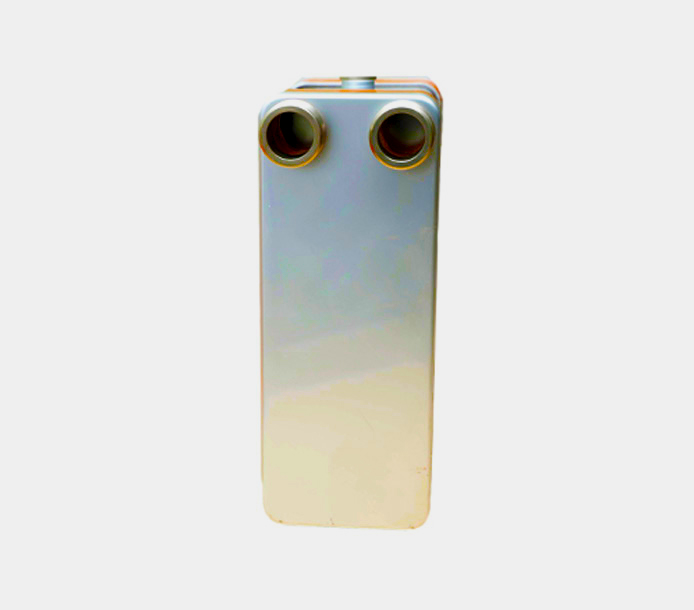An Air Dryer is a process device that transfers heat from an incoming stream of air to a cooler stream. These devices can be made from stainless steel or copper and are available in a variety of designs. Air dryers with heat exchangers are typically characterized by their high efficiency and ability to handle heavy industrial loads and high temperatures. The air dryer is generally composed of a welded unit or a heat exchanger unit, which is usually galvanized in a dipping bath.
A heat exchanger, also known as an evaporator, reduces the air temperature below the dew point so that more moisture is removed. The target temperature is around three degrees Celsius or 37 degrees Fahrenheit. This temperature is low enough to remove most of the moisture, but high enough to prevent freezing. An auxiliary component is typically added to the system to avoid freezing. When the desired temperature is reached, the unit shuts down automatically.
CFX air exchangers have several benefits. They are highly durable and highly efficient, but they must be manufactured consistently. Heat exchangers manufactured by Zhejiang Forwon Plate Heat Exchanger Co., Ltd. These dryers are designed to meet the needs of the pharmaceutical industry and reduce the moisture in air. This process also reduces the wear and tear on the refrigeration system.
Membrane-type dryers are another type of air dryer. These units feature a mesh of miniature membrane tubes that allows water vapor to pass through. Similar to human lungs, these dryers also feature a low water content, so their temperature is not as important as other factors. In addition to this, membrane dryers use no desicants. It is safe to use them in hazardous environments because they are free of moving parts and do not require RF shielding.
Thermal drying can be a bottleneck in the production of solids. Moreover, there is a limit to the amount of water that can be vaporized in a solids-processing factory. Therefore, reducing moisture content in the solids can increase solids throughput. If a cake contains 20% wt/wt moisture, its throughput would be limited to one ton an hour. But if the moisture content is below 15%, the production speed of the process increases substantially.
The drying industry consumes large amounts of energy. The heat transfer is not only expensive, but it is also high-energy-intensive. With the addition of a dryer, the air inside a factory is supplied with more heat than ambient conditions. This increases the vapor pressure of moisture and reduces the relative humidity of the drying air. This results in a low equilibrium moisture content for the product. It is an essential component of the compressed air system.
Superheated steam, on the other hand, has a higher thermal capacity than hot air. This makes it possible to achieve higher drying rates, which reduce the drying time of products. Superheated steam dryers can also be compact and involve lower investment costs. These dryers can also use recycled energy, which contributes to high energy efficiency across the entire process chain. They are particularly beneficial for the food and beverage industry. So, if you're looking for an efficient way to transfer heat to different products, a steam dryer is the way to go.



 英语
英语 中文简体
中文简体





